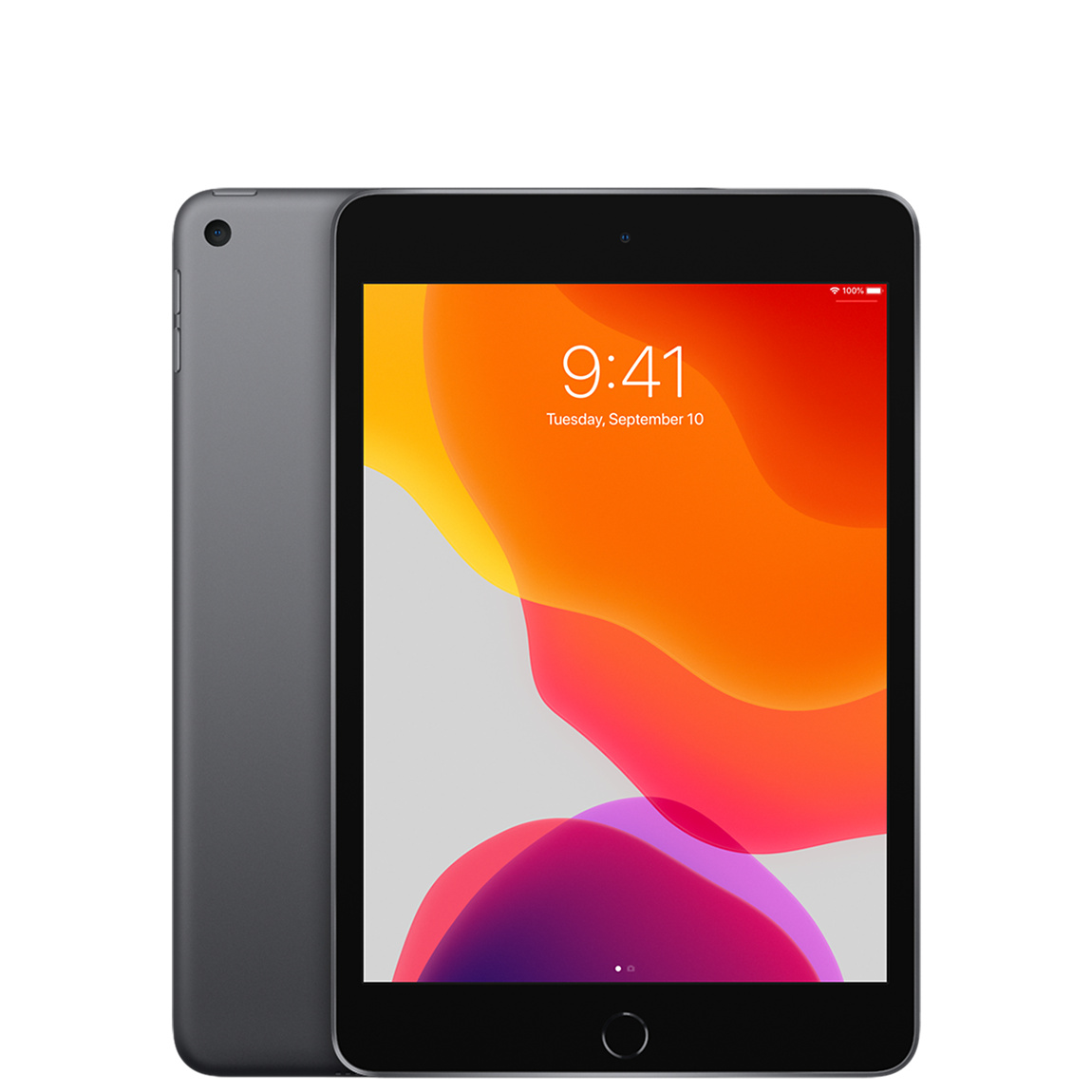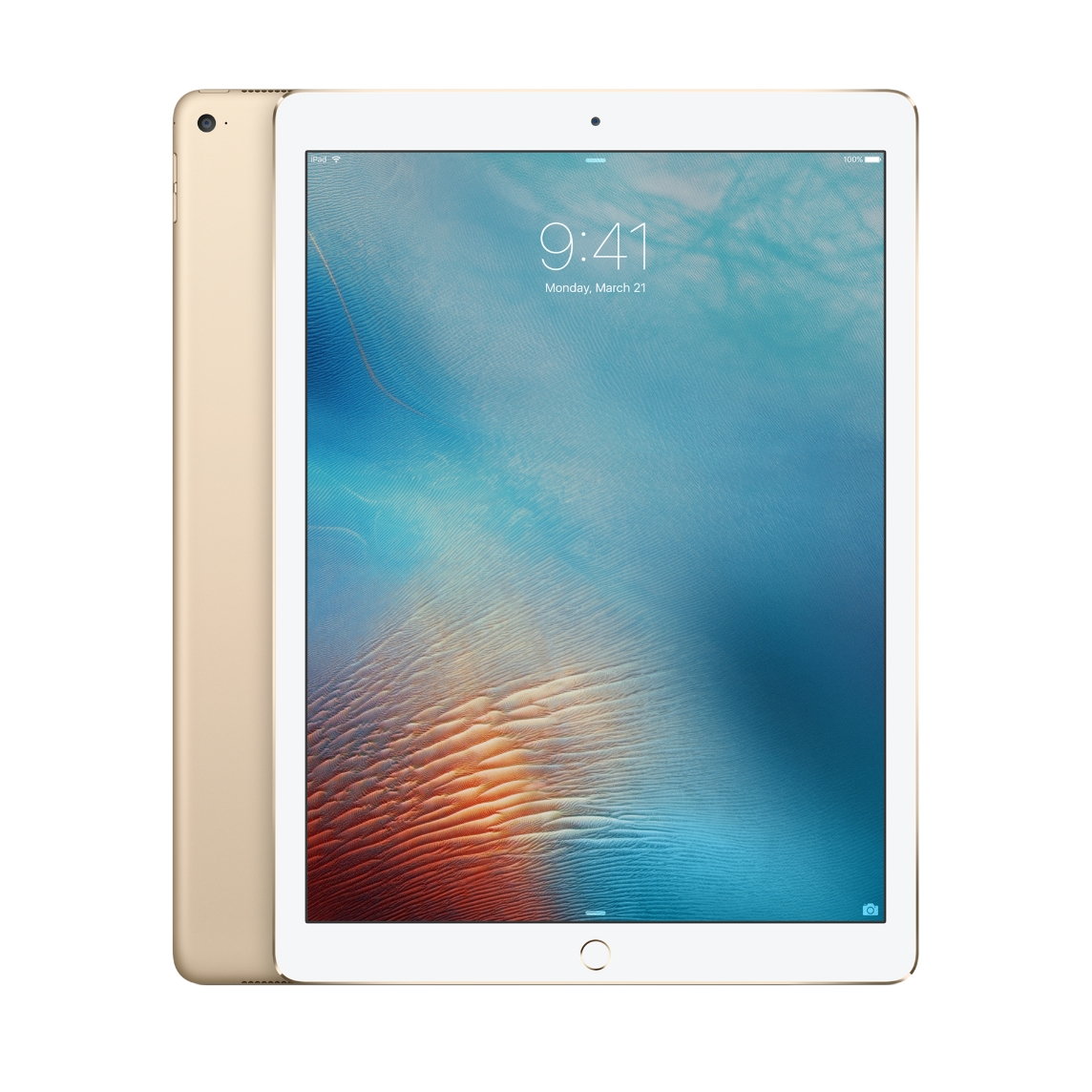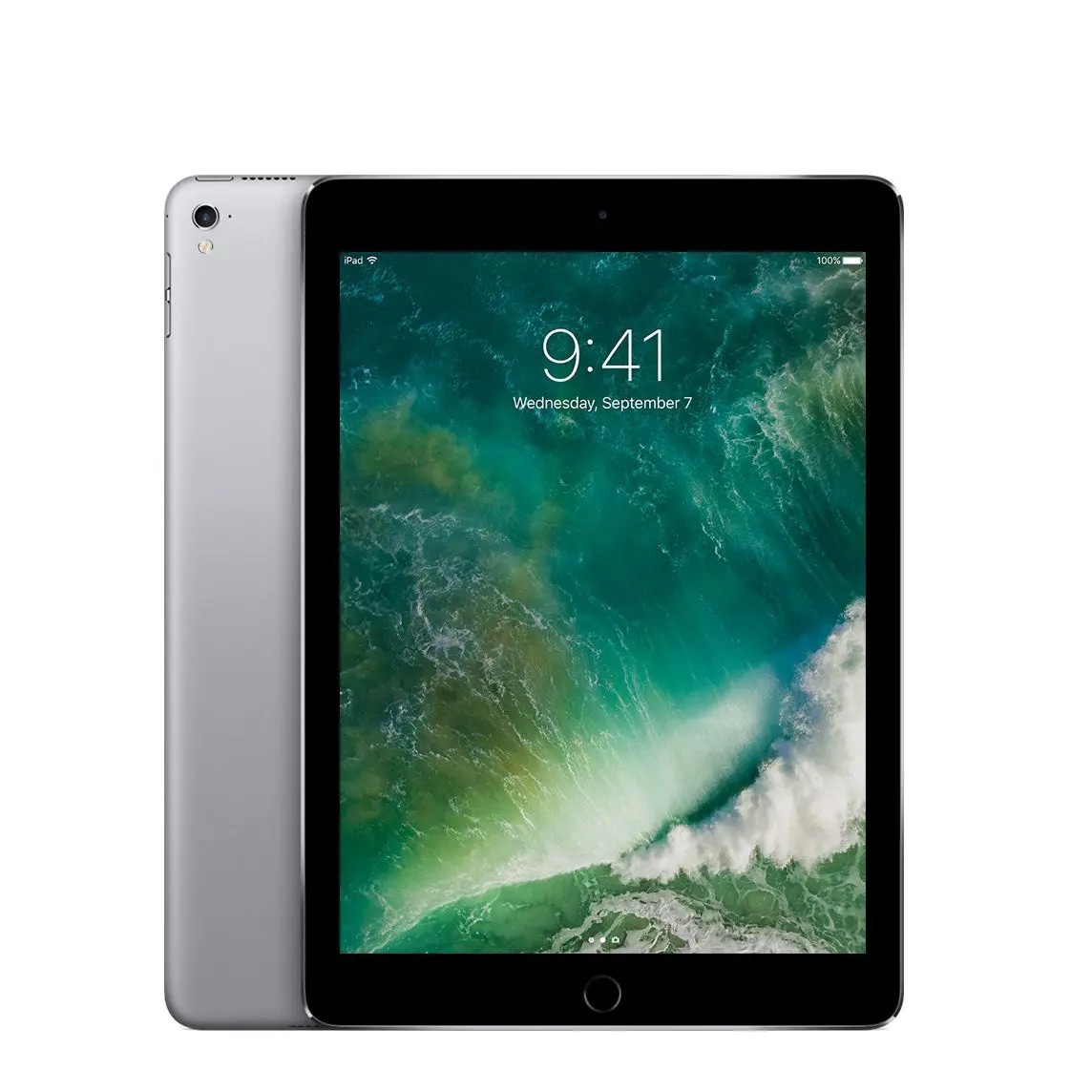When considering a new iPad purchase, you’ll soon face an important decision: is a standard WiFi iPad sufficient, or should you invest in a version supporting mobile data (Cellular)? While this might seem like a simple choice at first glance, both options have their advantages and disadvantages that can significantly impact your user experience.

What Are the Main Differences?
A WiFi iPad connects to the internet only via wireless networks, while the Cellular model allows internet use through mobile networks – similar to a smartphone. This means that with a Cellular iPad, you can surf the internet in places without WiFi access, but this convenience comes at an additional cost.
Price Difference and Additional Costs
The first and perhaps most noticeable difference is the device price. A Cellular-enabled iPad costs on average €100-150 more than the WiFi version of the same model. For example:
- iPad 10 (2022): WiFi model costs €449, Cellular model €599 (difference €150)
- iPad Pro: WiFi model €799, Cellular model €999 (difference €200)
According to PhoneArena, you should consider that with a cellular-enabled iPad, a data plan adds to the higher device price, increasing the total cost even more.
Use Cases: When to Choose the Cellular Model?
For Students
For students who primarily use their iPad at home and school where stable WiFi is available, the Cellular model might not be necessary. Most schools and universities offer free WiFi access, and study materials are often available offline.
Also consider our iPad selection guide for students, where we share more specific recommendations for finding the right iPad for school.
For Remote Workers
If you work remotely and need constant internet access regardless of location, a Cellular model could be a sensible investment. It gives you the freedom to work in cafes, parks, or transit lounges without worrying about WiFi availability. This is especially useful when you need a stable connection for video calls or urgent projects.
For Travelers
For travel, the Cellular iPad has a clear advantage. BneSIM confirms that Cellular models offer travelers greater flexibility, as they’re not limited to hotel or cafe WiFi networks. All current Cellular iPads support eSIM, meaning you can simply add a temporary data package while abroad without changing physical SIM cards.
Better Roaming points out that current Cellular iPads allow the use of prepaid data packages in more than 60 countries, making travel and internet connection management significantly easier.
For Cars or Children
If you want to use your iPad in the car for entertainment or navigation, the Cellular model is a more convenient solution. You can use real-time map applications and stream video content without WiFi. For children who primarily use the device at home or school, the WiFi model is generally sufficient and more affordable.
Mobile Hotspot vs Built-in Cellular
A common argument for WiFi iPads is the ability to use your smartphone as a mobile hotspot. This means connecting your iPad to a WiFi network created by your phone and sharing your phone’s data connection.
Advantages:
- Save €100-150 on iPad purchase
- Use your existing data plan
- One data plan is sufficient for multiple devices
Disadvantages:
- Drains two devices’ batteries
- Phone must always be with you
- Connection may be less stable
- Extra steps needed to create and maintain the connection
Users in the Best Buy forum point out that the hotspot solution works for occasional use, but for regular needs, it becomes cumbersome and energy-consuming.
How to Decide if a Cellular iPad is “Worth It”?
To decide whether a cellular-enabled iPad is worth it for you, consider these questions:
- How often are you in places without WiFi? If you regularly need internet in places without WiFi, the Cellular model is worth considering.
- Do you already have a smartphone you can use as a hotspot? If yes, are the phone’s battery life and data plan sufficient for connecting your iPad as well?
- What is your long-term total cost? Calculate the price difference and potential data costs for at least 2-3 years.
- How important is convenience to you? The Cellular model simply offers more freedom and flexibility.
- Do you travel frequently? If so, the eSIM capability makes managing internet connections abroad much simpler.
eSIM Capabilities in Cellular Models
All modern Cellular-enabled iPad models support eSIM technology, which provides a significant advantage especially for travelers. eSIM allows you to:
- Subscribe to data services directly from the device, without a physical SIM card
- Choose between different operators and plans
- Use 1-day or 30-day plans according to your needs
- Easily manage data services in different countries
This provides remarkable flexibility for using data services both at home and abroad, without worrying about changing physical SIM cards.
In Summary
WiFi iPads are more affordable and suitable for users who primarily use the device in WiFi-covered areas. Cellular iPads provide more freedom and flexibility, but you pay for this both when purchasing the device and later with data plan costs.
If you’re considering your first iPad purchase or planning to upgrade an existing one, it’s worth thoroughly considering how you’ll actually use the device. Sometimes a cheaper WiFi model with smartphone hotspot capabilities can be a perfectly adequate solution, while other times the convenience of a Cellular model outweighs the higher price.
Remember that UPGREAT offers both WiFi and Cellular iPads, all checked, with warranty and at more affordable prices than new devices. In addition to iPads, check out our iPhone selection if you’re looking for a good value smartphone that can also be used with your iPad.
Complement your new device with quality covers and cases and screen protectors to ensure its long-term preservation and protection.
Check out our blog where we share reviews of trends and news. Find us @ upgreat.ee
To stay updated with Upgreat campaigns, add us as a friend on FB or follow us on Instagram.





